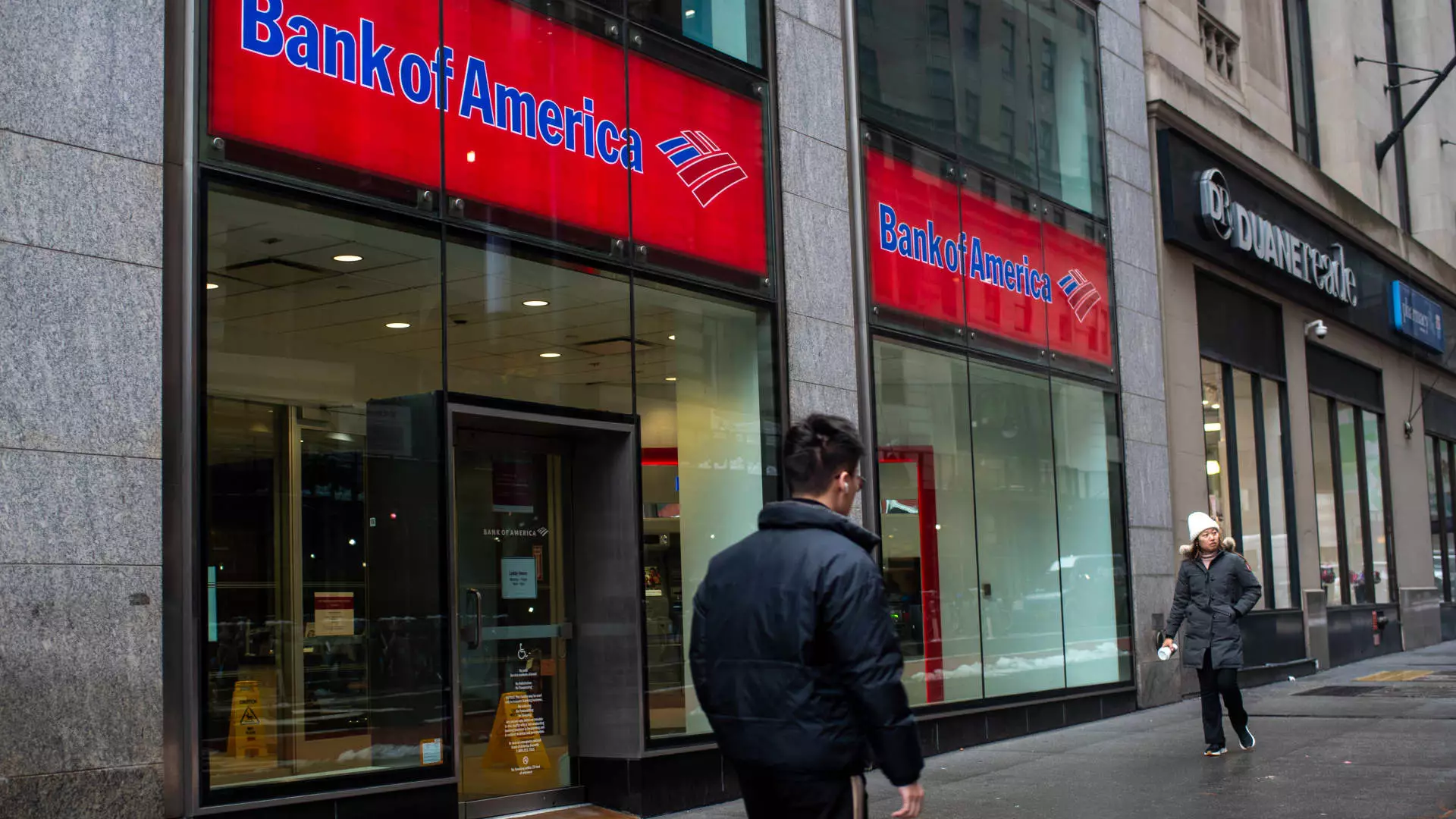In an era where markets are increasingly volatile, many investors cling to the promise of steady income from dividend-paying stocks as a form of protection against unpredictable swings. The recent calm in the S&P 500, following tumultuous announcements like hefty tariffs by President Trump, showcases a paradox: markets can appear stable on the surface while underlying risks remain. This disconnect underscores the need for investment strategies that transcend mere speculation. Dividend stocks, especially those with a track record of consistent growth, emerge as reliable anchors amid stormy seas. Yet, not all dividend-paying stocks offer the same safety; only a select few possess the financial resilience and growth potential necessary for long-term security.
Focus on Growth—Not Just Yield
Goldman Sachs’s recent emphasis on dividend growth stocks illuminates a key insight: investors should prioritize quality and sustainability over high yields alone. The appeal of dividend growth companies lies in their ability to increase payouts regularly, signaling robust earnings, prudent management, and a commitment to returning value. Such companies tend to be less vulnerable to sudden downturns because their payouts are backed by healthy cash flows and earnings. When a company’s dividend growth is supported by a well-covered earnings stream, it minimizes the risk of dividend cuts, which can devastate investor confidence.
By selecting firms with a minimum 2% dividend yield and a 5% or higher compounded annual growth rate (CAGR) in dividends, Goldman Sachs effectively filters for stability and potential appreciation. These aren’t companies that merely rely on high yields to attract investors; instead, they demonstrate a sustainable financial trajectory that can withstand both economic shocks and market sentiment shifts.
Financial Strength as a Defensive Tool
Among the prominent picks are banking giants like Citigroup, Wells Fargo, and Bank of America. Their recent ability to pass Federal Reserve stress tests and hike dividends signifies resilience—an essential trait in uncertain times. The fact that these institutions are increasing payouts, with some planning double-digit CAGR in dividends through 2026, indicates a confidence that they can navigate economic downturns without jeopardizing their financial health.
This strategic focus on banks illustrates a broader truth: financial robustness is paramount. An investment in well-capitalized banks backed by regulatory approval is more than just speculation on economic recovery—it’s a bet on the institutions’ capacity to weather storms and emerge stronger. Their dividend policies reflect this optimism and serve as a shield for investors seeking safety without sacrificing growth potential.
The Utility Sector: Stable Yet Ambiguous
Utility companies like NextEra Energy and American Electric Power are also highlighted as reliable income sources. Their dividend yields hover around 3-4%, with aggressive growth projections in the double digits for NextEra and solid 7% CAGR for American Electric. These figures reaffirm utilities as stalwart dividends, particularly in the context of an ongoing energy transformation.
However, recent political and regulatory actions, such as President Trump’s executive order ending wind and solar subsidies, inject uncertainty into these high-growth utility stocks. While NextEra Energy is poised to grow through renewable projects, policy shifts threaten to slow their expansion or reduce profitability, thus challenging their ability to sustain dividend growth. This scenario underscores the importance of not just looking at current yield and growth estimates but also factoring in macroeconomic and political risk factors that could reframe the outlook.
Real Estate Investment Trusts: Resilient but Not Invincible
In the realm of real estate, American Homes 4 Rent and others serve as a testament to the enduring appeal of income-generating assets. With yields around 3%, these companies offer diversification and steady cash flow, vital for offsetting dividends from more cyclical sectors. Yet, the recent underperformance of American Homes 4 Rent, down 5% year to date, reveals the fragility of even seemingly stable income producers when faced with market headwinds like housing market headwinds or interest rate hikes.
The key takeaway is that dividend stability in real estate depends on a company’s ability to manage rental income, property valuations, and interest costs effectively. While American Homes 4 Rent maintains its forecasts, its share price decline reminds investors that resilience is relative and contingent on broader economic factors.
The Bottom Line: A Cautiously Optimistic Outlook
Investors attuned to the intricacies of dividend stocks must recognize that the true power lies in consistent growth backed by sound financials. The current climate demands scrutiny of not just yield but also underlying earnings, cash flows, and strategic positioning. While certain sectors and companies appear poised to deliver double-digit dividend growth, risks—political, economic, or sector-specific—are omnipresent.
In this environment, growth-focused dividend investing offers a pragmatic way to hedge volatility, providing sustainable income streams and capital appreciation. Yet, it is fundamentally a game of vigilance and discernment, where only those companies with genuine financial strength and strategic adaptability can truly serve as shields in turbulent times.
For those willing to look beyond surface-level yields, prioritizing dividend growth and financial resilience will remain the best strategy for navigating an uncertain market landscape—an approach rooted in cautious optimism and a commitment to quality over fleeting gains.

